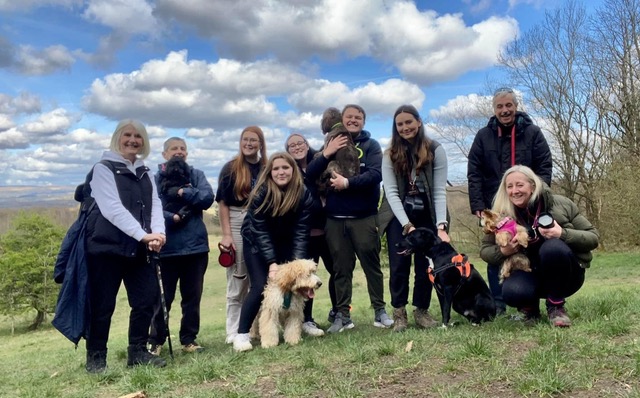 The Care Act has been in place for a while now, but we know that people’s care experiences vary wildly. There are lots of reasons for this, including the widely-publicised strain on funding and resources.
The Care Act has been in place for a while now, but we know that people’s care experiences vary wildly. There are lots of reasons for this, including the widely-publicised strain on funding and resources.
To make sure we’re improving care and support whilst simultaneously dealing with decreasing budgets, we need to think differently about how we make it happen. At Community Circles, we believe that circles of support can help us to meet lots of the requirements of the Care Act even when money is tight by ‘activating’ people’s networks of relationships. Here are 5 requirements of the Care Act and how circles of support can help meet them.
1. Prevention
“…local authorities must provide or arrange services that help prevent people developing needs for care and support or delay people deteriorating such that they would need ongoing care and support.” Source: Care Act factsheets, GOV.UK
Circles of support can be set up for people who have emerging care and support needs, providing a forum where they can come together with other people in their life and talk regularly about what support they need. This gives the circle the opportunity to spot issues before they grow and put preventative interventions in place.
Example: If a person is starting to experience mobility issues that could lead to a fall and potentially hospitalisation, a circle might support them in going to local keep fit or fall prevention classes. Take a look at Yvonne’s story for a similar example.
2. Information and advice
Local authorities are now both responsible for identifying people whose care and support needs might not be being met, and providing them with information to meet those needs. However, we know that it’s easy for people to slip under the radar as councils don’t have the resources to monitor their whole community on an ongoing basis.

When a person has emerging needs and a circle is set up, the circle can then identify any developing needs early on and take action to find out about local services or assets that might meet them.
Example: A person with vascular dementia might experience a rapid decline in cognitive ability. Following this, their circle might contact the council for advice, who could put them in contact with local dementia support services or home care services.
3. Supporting carers
Under the Care Act, carers have been given more importance than ever before.
Councils have to identify, “carers in the area who might have support needs that are not being met.”

Again, it can be difficult to identify carers unless they come forward first. In this situation, the circle – which generally will include the carer as a member – will also be paying attention to the carers needs as well as the person being supported.
Example: At Lynda’s circle, her husband Alan shared that he was finding cooking difficult as he’d never had to do it before and now Lynda was no longer able to do it he was struggling. This led to the Circle creating a casserole club and taking it in turns to bring hot meals over for both Lunda and Alan. As well as supporting Lynda have a balanced diet, it offered great support to Alan while he developed his cooking skills.
4. Personalising care and support
A key theme of the Care Act is that care and support must be tailored to the individual’s wishes.
This can be explored by personalised care and support planning (Link to HSA website) by the social worker, but on an ongoing basis, a Community Circle is ideally-placed to monitor what really matters to an individual over time and come up with new ideas to help them achieve what they’d like to achieve.
For example: Henry’s Circle worked with him to explore what the best future could look like. They tailored this to Henry, rather than accepting the standard life skills course recommended by school, and came together with information and ideas that were personalised to his needs.
5. Creating a vibrant marketplace of services
The Care Act states that local authorities must ensure that there is a wide range of services available that meet individual needs.

In the current funding landscape, this is no easy task. The advantage of having a Community Circles connector locally is that the Circles service is entirely personalised to the individual in its very nature, and as a results can meet a wide range of support needs by drawing on the assets, gifts and talents of the circle members themselves.
What next for Community Circles and local authorities?
We’re already working with some local authorities to explore the power of Community Circles, but we’re always interested in talking to commissioners about how we might meet their needs locally.
If you’d like to find out more about how Community Circles could help to meet the requirements of the Care Act on a tight budget, please get in touch. We’d love to hear from you.






